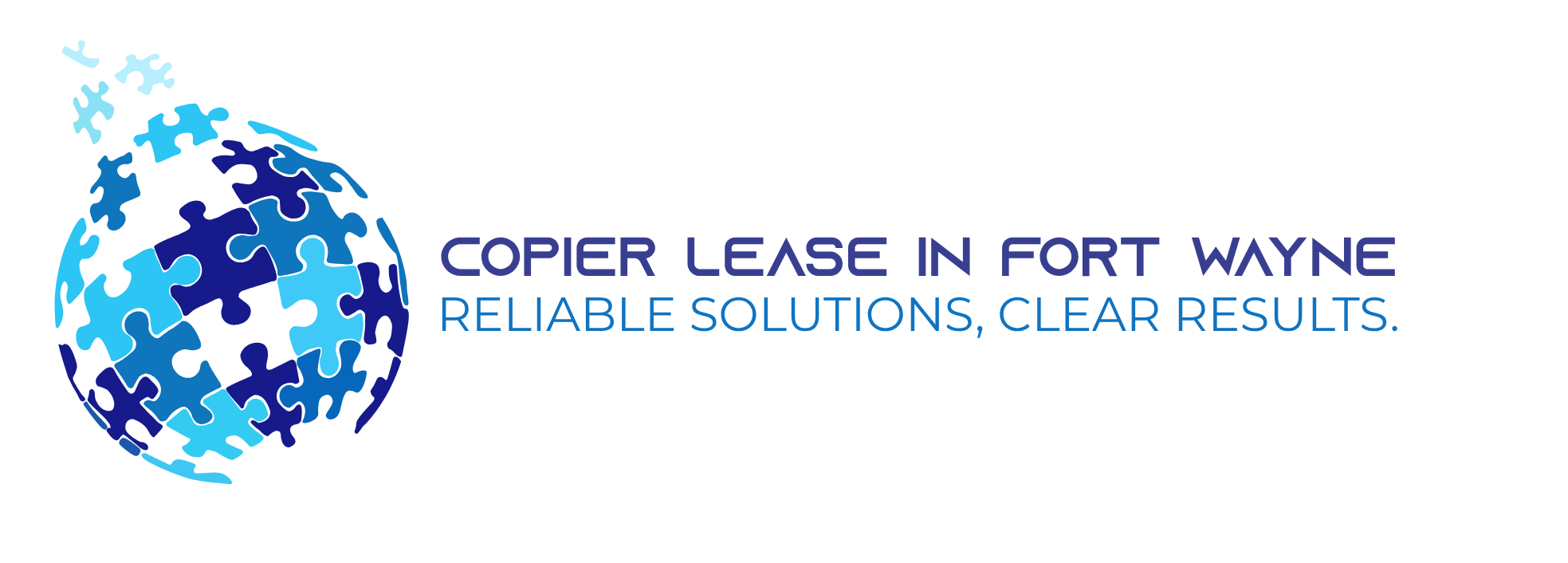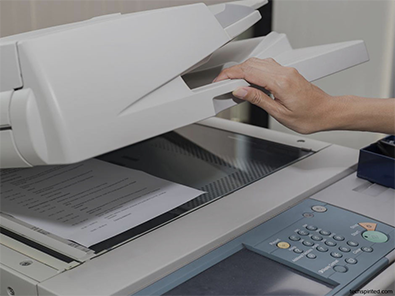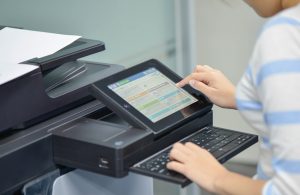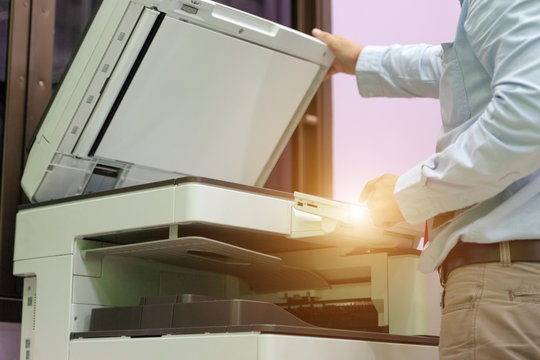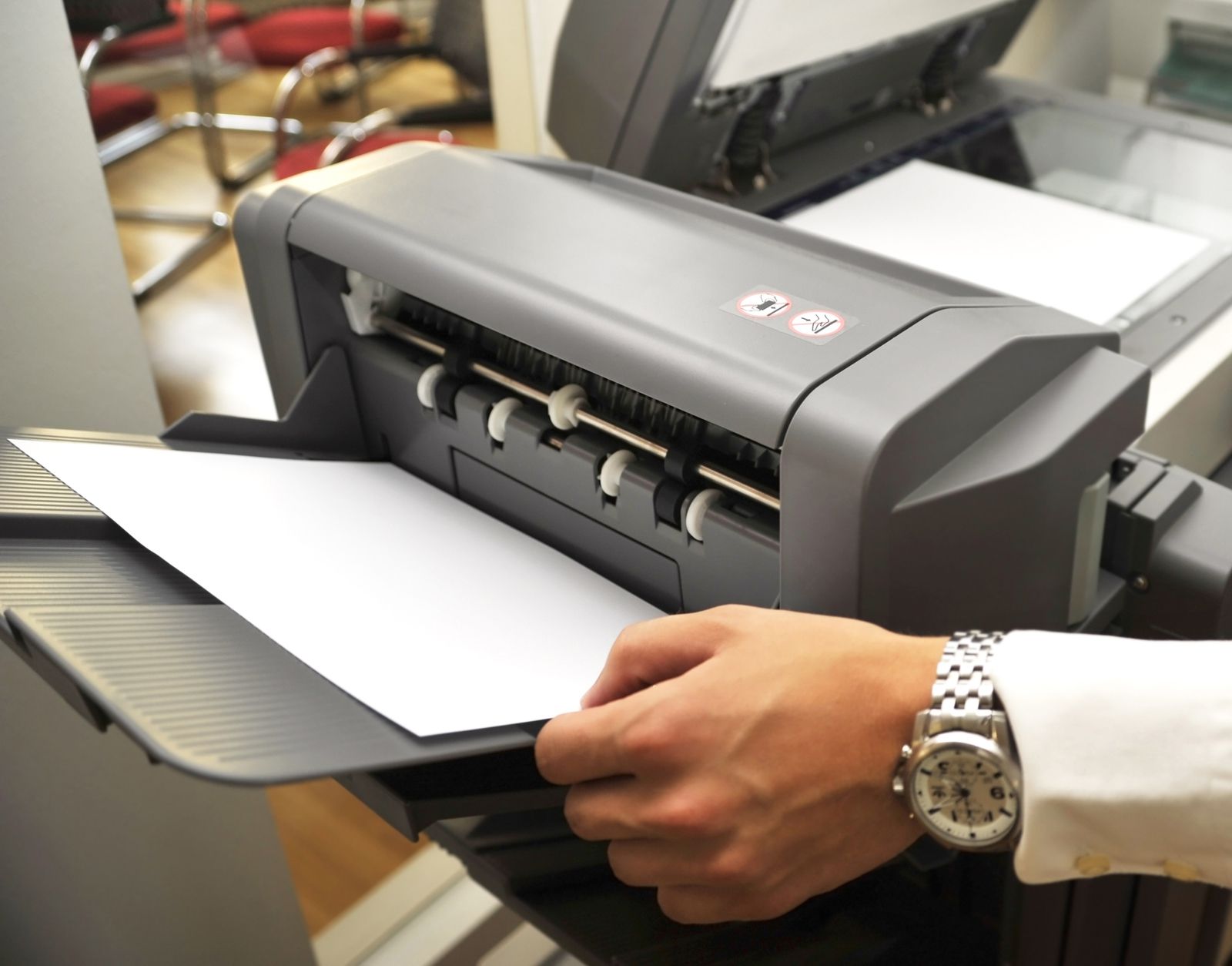
It’s not just your desktop computer that can get a virus. Multifunction printers are susceptible to malware, too. So, how do you disinfect multifunction printers?
If you are in Fort Wayne and you are looking for a Copier for your business, you may contact Clear Choice Technical Services in Fort Wayne. You can ask about Copier Leasing Services in Fort Wayne, Copier rental services in Fort Wayne.
How to Disinfect Multifunction Printers
It’s not just your desktop computer that can get a virus. Multifunction printers are susceptible to malware, too. So, how do you disinfect multifunction printers? Follow these tips for best results:
– Turn off the printer and unplug it from the power source (don’t forget to turn off the wireless connection).
– Disconnect all cables that connect to it, including USB connections or Ethernet cables.
– Take out any paper in the printer trays and clean them with a damp cloth if they contain dust particles or spilled ink.
– Wipe down all printer surfaces with soap and water using a lint-free cloth while avoiding areas where electrical components are present. These include buttons, circuit boards, and the small opening where the paper feeds into the machine.
– Allow it to dry completely for up to one hour before putting any new paper in or powering back on.
How often should we disinfect our printers?
– Multifunction printers need regular disinfectant treatments as they’re used with different materials every day, including paper, plastic film and adhesive labels. It’s recommended that this process happen at least once per month.
“Regularly cleaning your printer will help protect you from the expansion of harmful contagions like influenza or norovirus.” “Multifunction Printers need a monthly cleansing to combat the growth of bacteria on its surfaces.” “It is important to clean regularly to avoid any accidents with other people’s touch.” After all, most printers are used by more than one person, and some have been found with over 600 times as many germs as an average toilet seat!”
What disinfectants are best for multifunction printers?
– Alcohol-based disinfectant sprays, wipes or towelettes work well. You can also use diluted bleach and water solutions (around one part bleach: three parts water), but be sure to rinse thoroughly before using your printer.
What happens if we don’t disinfect our multifunction printer?
– Multifunction printers need to be disinfected monthly. This will combat the growth of bacteria on its surfaces and help prevent any accidents with other people’s touch.” “After all, most printers are used by more than one person, and some have been found with over 600 times as many germs as an average toilet seat!” “If we don’t disinfect our multifunction printer, it could lead to dermatitis or norovirus.”
How long does disinfecting take?
-“It depends, but generally, just 30 seconds with a bleach solution might be enough!”Soak your paper towels in diluted bleach and rinse the surface thoroughly before turning back on.”If you have access to an autoclave, this will work as well.” – You should disinfect any printer at least monthly. The process takes around thirty seconds using either liquid chlorine bleach or disinfectant wipes.
– “If you’ve got access to an autoclave, then these may work also. Suppose you can’t use liquid chlorine bleach for whatever reason. In that case, Clorox Disinfecting Wipes and Lysol Disinfectant Spray will also work to clean the printer head and other parts of the printer that may be at risk from bacteria. The process takes around thirty seconds with either product.
Why should we disinfect our multifunction printers regularly?
A multifunction printer is a device that prints from computer data and scans and copies.
– This makes it susceptible to more types of bacteria than traditional printers because there are so many surfaces for germs to grow on.
– Disinfecting your printer regularly will help protect you against the spread of harmful contagions like influenza and norovirus, which can be contracted by touching or breathing in tiny particles left behind after someone has been sick nearby.
